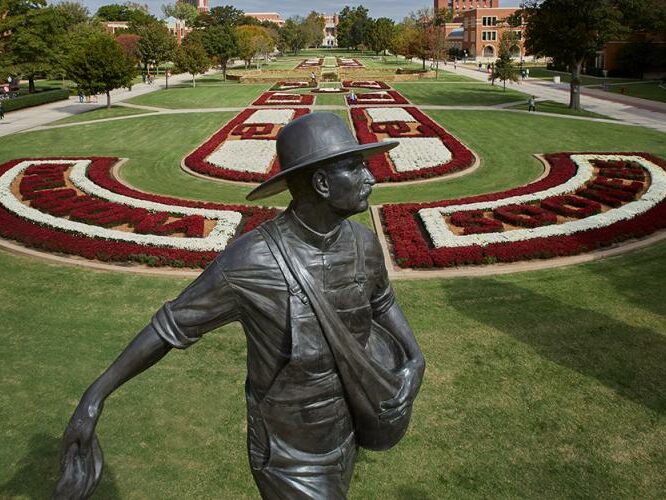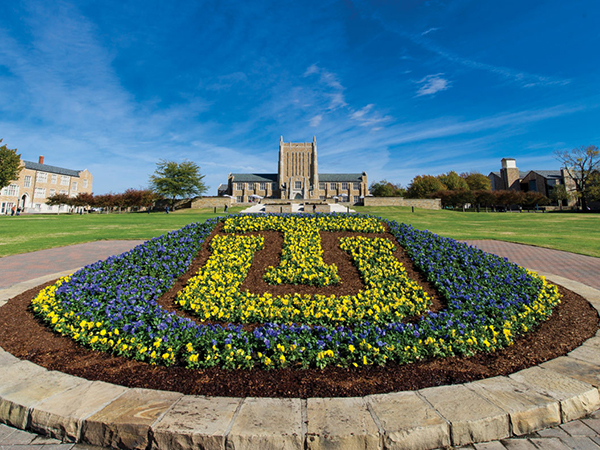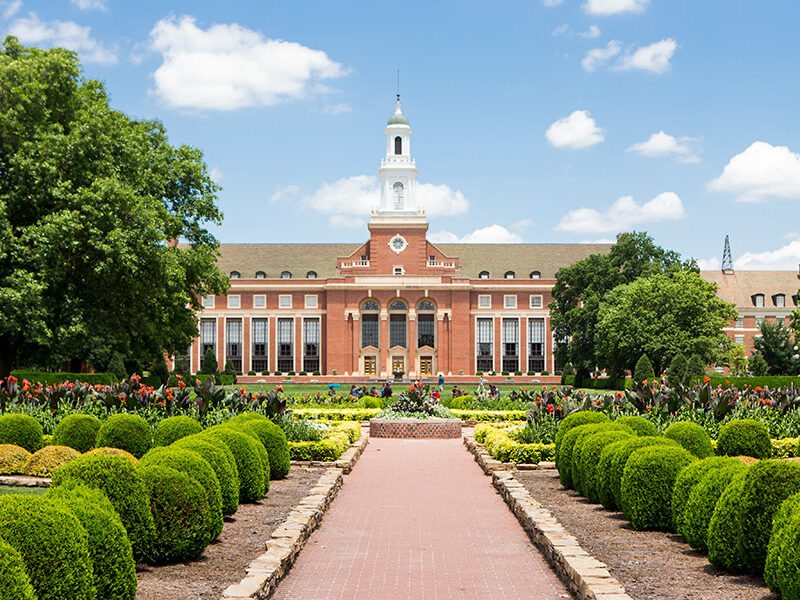ORNL’s research partners in the Sooner State include the University of Oklahoma, the University of Tulsa, and Oklahoma State University.

ORNL’s user facilities offer a diverse set of tools for experiments across a range of fields, including biology, materials and energy sciences, physics, engineering, and chemistry. Learn more about ORNL’s user facilities. Data reflects fiscal year 2020 except for scientific publications, which covers 2016–2020. Partner stories reflect work conducted from 2016 to present.

ORNL and the University of Oklahoma recently signed a memorandum of understanding to recognize their partnership in pursuing shared research goals. OU is designated by the Carnegie Foundation as a Highest Research Activity institution, placing it in the highest tier of comprehensive research universities in the nation.
Together, ORNL and OU are using supercomputing to discover drugs that can overcome antibiotic resistance. The work has identified several promising compounds that inhibit a source of antibiotic resistance. Learn more about biological science at ORNL.
A research professor from OU’s College of Dentistry used ORNL’s research reactor, the High Flux Isotope Reactor, to study the effectiveness of dental implants, which can cost up to $4,500 per tooth. The studies produced insights into the potential use of an alternative experimental resin for dental adhesive that could be more effective and less costly than traditional dental implants. Learn more about neutron science at ORNL.
OU’s Professor Chongle Pan was granted hours on the Summit supercomputer in 2021. Pan’s team is studying microbial communities, which drive the cycling of carbon and nutrients across many natural environments. The team will be exploring the development of algorithms that can process massive amounts of data gained from the study of metabolic activities in these microscopic communities. Learn more about computational science at ORNL.

ORNL partners with the University of Tulsa on research and demonstrations of cybersecurity vulnerabilities for additive manufacturing. The work—conducted largely by Tulsa graduate students with support and guidance from ORNL subject matter experts—aims to raise awareness of the vulnerabilities inherent in advanced manufacturing systems. These demonstrations have important economic and national security implications as additive manufacturing systems are increasingly deployed across critical supply chains and in military battlefield applications. Four Tulsa graduates have been hired by the lab since June 2020, a direct result of the successful relationships that underlie this partnership.

ORNL partnered with Oklahoma State University and Baker Hughes to advance hydrogen-blended fuels for gas turbine engines, aiming to enhance fuel sustainability and reduce emissions in land-based power generation. ORNL contributed its high-performance computing resources to simulate combustion dynamics, accelerating the development of dynamic energy solutions.
For more information, contact [email protected].
